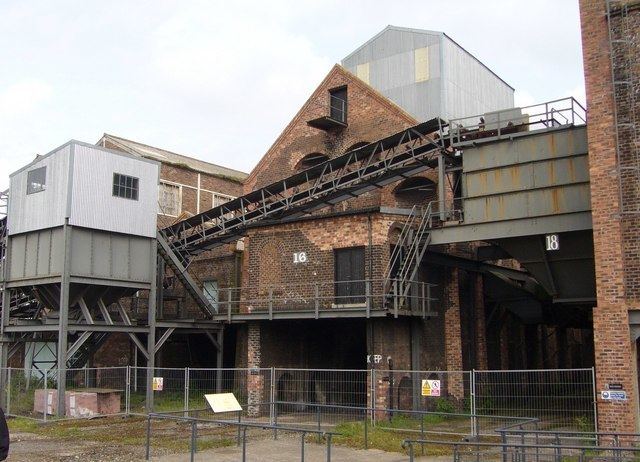Phone +44 131 663 7519 | ||
 | ||
Address Lady Victoria Colliery, Newtongrange, Dalkeith EH22 4QN, UK Hours Closed now Tuesday10AM–4PMWednesday10AM–4PMThursday10AM–4PMFriday10AM–4PMSaturday10AM–4PMSunday10AM–4PMMonday10AM–4PMSuggest an edit Similar Prestongrange Industrial Heritage, National Coal Mining M, Museum on the Mound, The People's Story Mus, Museum of Edinburgh Profiles | ||
The national mining museum scotland abandoned and unseen areas
The National Mining Museum Scotland was created in 1984, to preserve the physical surface remains of Lady Victoria Colliery at Newtongrange, Midlothian, Scotland. The colliery, sunk by the Lothian Coal Company in 1890, came into production in 1894. It was nationalised in 1947 with the formation of the National Coal Board, and had closed in 1981.
Contents
- The national mining museum scotland abandoned and unseen areas
- National mining museum scotland
- Buildings
- Collections
- Recognition
- References
National mining museum scotland
Buildings
The buildings were recognised as being of outstanding interest as they formed an almost complete survival of a major Victorian colliery, with later additions. Some demolition, such as the 1950s canteen and medical centre, has occurred but the vast bulk of the structures stand. The winding engine is by Grant, Ritchie and Company and the colliery headstocks were built by Arrols of Glasgow. From 1998 onwards several of the main structures were stabilised and new visitor facilities opened.
Collections
The Museum developed collections, such as a library, and exhibitions that were housed in a visitor centre which has previously formed part of the colliery offices. The Prestongrange beam engine, a Cornish engine, at Prestonpans, East Lothian, also for a time formed part of the Museum until responsibility for it passed to East Lothian Council [date needed].
Recognition
The Colliery is Listed Category 'A' by Historic Scotland. In 2008, to mark the 100th anniversary of the Royal Commission on the Ancient and Historical Monuments of Scotland, a drawing of Lady Victoria Colliery won an online vote as Scotland's Most Treasured place. A poem commemorating the colliery was also written.
